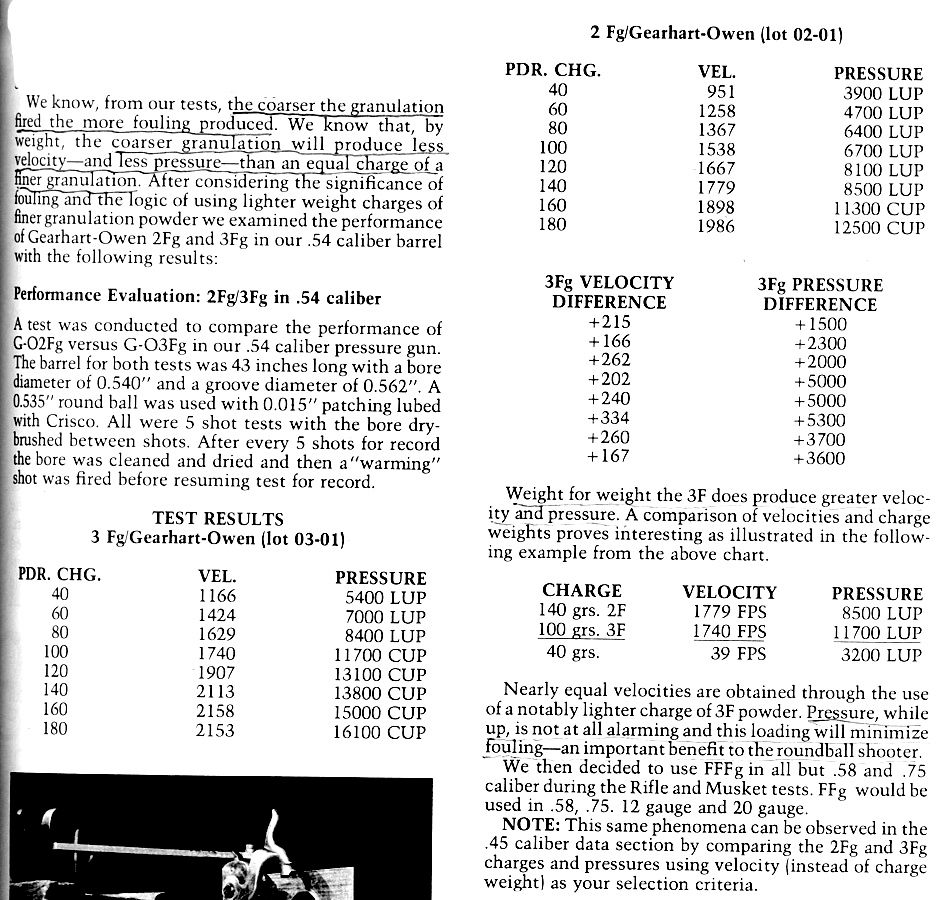- Joined
- Feb 9, 2015
- Messages
- 3,097
- Reaction score
- 1,115
Looking for a chart that could Convert 3f to 2f grain size loads?
For example: 60 grains of 2f is equivalent to (blank) grains of 3f. and vise versa.
Looked in my Dixie Catalog, Numerous BP digests that I have. Also looked on line to no avail. I had also touched on this earlier on another member's topic. I want to be able to spread accurate info. when responding to questions.
I had also touched on this earlier on another member's topic. I want to be able to spread accurate info. when responding to questions.
I know that it definitely has to exist!
I'm just looking in the wrong places!
Would appreciate any help.
Respectfully, Cowboy
For example: 60 grains of 2f is equivalent to (blank) grains of 3f. and vise versa.
Looked in my Dixie Catalog, Numerous BP digests that I have. Also looked on line to no avail.
I know that it definitely has to exist!
I'm just looking in the wrong places!
Would appreciate any help.
Respectfully, Cowboy





